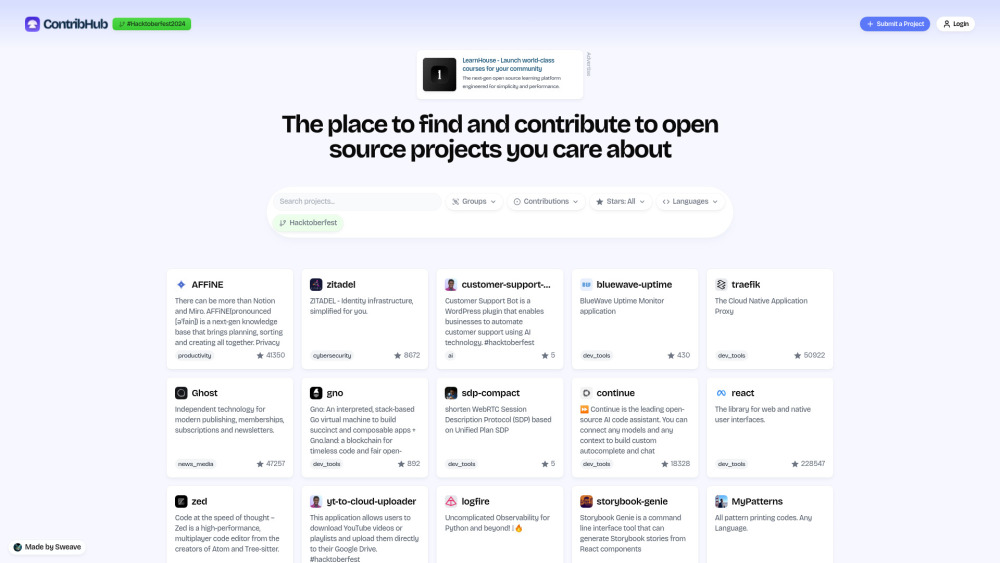Airhive - Affordable Direct Air Capture for Carbon Removal

Product Information
Key Features of Airhive - Affordable Direct Air Capture for Carbon Removal
Energy-efficient direct air capture for scalable CO2 removal.
Innovative DAC Technology
Airhive's proprietary technology ensures efficient carbon removal at a lower cost compared to traditional methods, promoting rapid adoption and a reduced carbon footprint.
Scalable Solution
Airhive's system is designed to accommodate various deployment scenarios, from small-scale installations to large-scale industrial facilities, enabling widespread adoption and impact.
Data-Driven Monitoring
Airhive's advanced monitoring system tracks CO2 removal efficiency and energy consumption in real-time, enabling data-driven optimization and improvement.
Compact Modular Design
Airhive's modular technology allows for flexible and efficient deployment in a variety of settings, reducing infrastructure costs and facilitating rapid deployment.
Energy Efficiency
Airhive's proprietary technology minimizes energy consumption, reducing operational costs and promoting a lower carbon footprint.
Use Cases of Airhive - Affordable Direct Air Capture for Carbon Removal
Remove CO2 from industrial sources like power plants and cement factories.
Deploy DAC technology in urban areas to reduce local air pollution and promote green spaces.
Support carbon offsetting initiatives through direct air capture.
Pros and Cons of Airhive - Affordable Direct Air Capture for Carbon Removal
Pros
- Highly efficient, innovative technology for affordable carbon removal.
- Scalable solution for widespread adoption and impact.
Cons
- Energy requirements may still contribute to greenhouse gas emissions.
- High upfront costs for large-scale deployment.
How to Use Airhive - Affordable Direct Air Capture for Carbon Removal
- 1
Contact Airhive for customized DAC solutions tailored to specific needs.
- 2
Partner with Airhive to integrate their technology into your existing operations.
- 3
Invest in Airhive's cutting-edge technology to promote sustainable practices.







